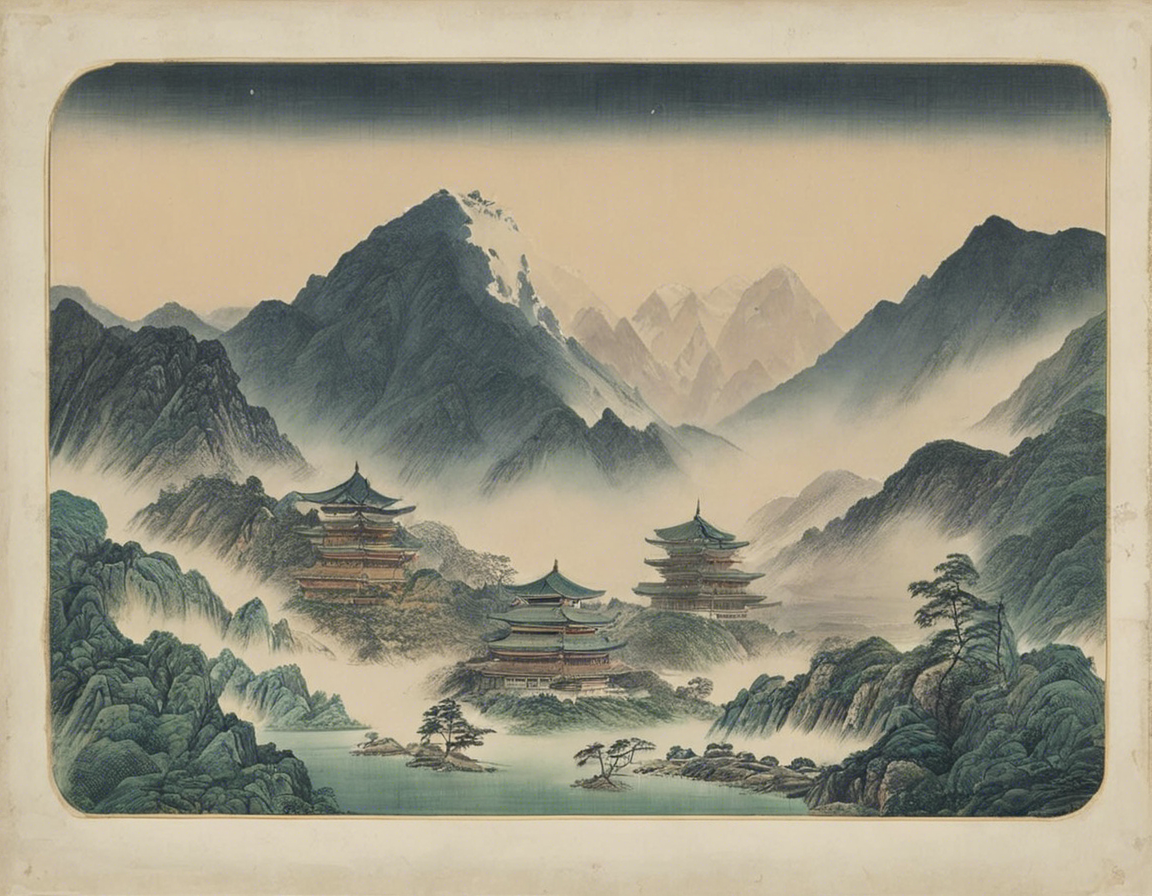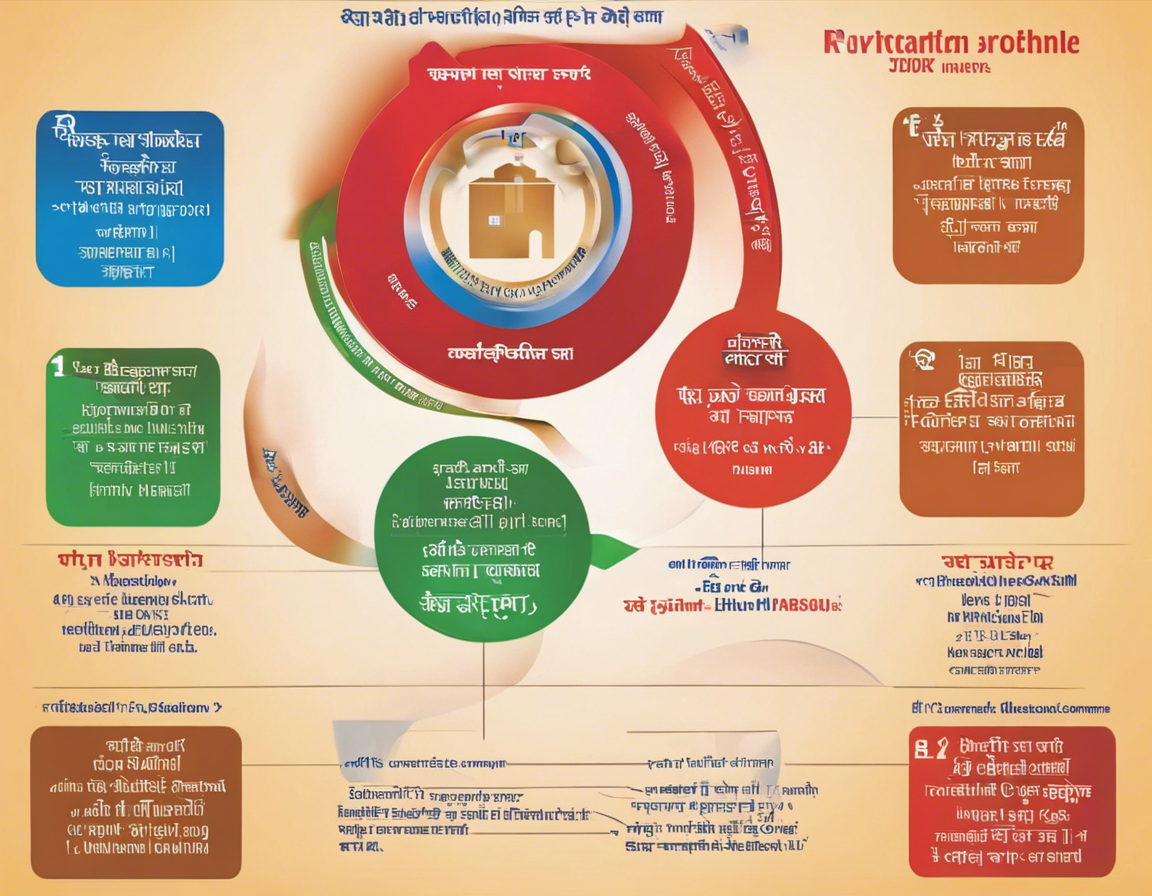Introduction
Asia is home to some of the most majestic and renowned mountains in the world. From the towering peaks of the Himalayas to the picturesque ranges of Japan, the continent offers a diverse range of mountaineering experiences for adventurers and nature enthusiasts alike. In this article, we will take a closer look at some of the famous mountains in Asia, highlighting their unique characteristics, geography, and cultural significance.
The Himalayas: Roof of the World
The Himalayas, often referred to as the “Roof of the World”, is the highest mountain range on Earth, extending across five countries: Nepal, India, Bhutan, China, and Pakistan. Mount Everest, the tallest peak in the world standing at 8,848 meters, is a part of this impressive range. Beyond Everest, the Himalayas boast several other notable peaks, including K2, Kangchenjunga, Lhotse, and Makalu.
Key Highlights:
– The Himalayas are home to a rich biodiversity with unique flora and fauna.
– The region is a melting pot of diverse cultures, with Tibetan Buddhism being a predominant influence.
– Trekking and mountaineering in the Himalayas are popular activities, attracting adventurers from around the globe.
The Japanese Alps: A Tranquil Escape
In Japan, the Japanese Alps offer a serene escape for those seeking a blend of natural beauty and cultural immersion. Divided into three ranges – the Northern Alps (Hida Mountains), Central Alps (Kiso Mountains), and Southern Alps (Akaishi Mountains) – this region provides a range of outdoor activities such as hiking, skiing, and onsen (hot springs) relaxation.
Key Highlights:
– The Japanese Alps are famous for their pristine landscapes and traditional alpine villages.
– Mount Fuji, Japan’s iconic peak, is located near the Southern Alps and is a symbol of stunning beauty.
– Visitors can explore ancient shrines, temples, and traditional ryokan (inns) nestled in the mountains.
The Karakoram Range: Gateway to Adventure
Situated in the borders of Pakistan, India, and China, the Karakoram Range is renowned for its rugged terrain and challenging climbing routes. Peaks like K2 (the second-highest mountain in the world) and Broad Peak attract seasoned climbers looking for a true mountaineering challenge.
Key Highlights:
– The Karakoram Range is part of the Greater Himalayas and offers mesmerizing vistas of glaciers and deep valleys.
– The region is a magnet for adventure seekers who wish to conquer some of the toughest summits in the world.
– Trekking expeditions in the Karakoram offer a blend of thrills and cultural encounters with local communities.
The Taebaek Mountains: Korea’s Natural Gem
In South Korea, the Taebaek Mountains run along the eastern coastline, offering a striking contrast between coastal vistas and mountain landscapes. Mount Seoraksan, known for its granite peaks and lush forests, is one of the most popular destinations for hikers and nature lovers.
Key Highlights:
– The Taebaek Mountains showcase a unique blend of biodiversity and scenic beauty.
– Hiking trails in Mount Seoraksan lead to breathtaking viewpoints and serene waterfalls.
– South Korea’s cultural heritage is reflected in ancient temples and folk villages nestled in the mountains.
Conclusion
Exploring Asia’s famous mountains offers a glimpse into the majesty and diversity of the continent’s natural landscapes. Whether you are seeking a challenging climb in the Himalayas, a tranquil retreat in the Japanese Alps, an adventure expedition in the Karakoram Range, or a nature escape in the Taebaek Mountains, Asia has something to offer for every mountain enthusiast. Plan your next mountain adventure in Asia and unravel the wonders of these iconic peaks.
Frequently Asked Questions (FAQs)
Q1: What is the best time to visit the Himalayas for trekking?
A: The best time to trek in the Himalayas is during the spring months (March-May) and autumn months (September-November) when the weather is generally mild and stable.
Q2: Can beginners attempt to climb Mount Fuji in Japan?
A: Yes, Mount Fuji is a popular beginner-friendly climb during the official climbing season (July-August), but preparation and acclimatization are essential.
Q3: Are permits required for climbing in the Karakoram Range?
A: Yes, climbers need to obtain permits from the respective authorities in Pakistan, India, or China depending on the specific peak they intend to climb.
Q4: What are the must-visit landmarks in the Taebaek Mountains in South Korea?
A: Some must-visit landmarks include Mount Seoraksan, Sinheungsa Temple, and Odaesan National Park for their scenic beauty and cultural significance.
Q5: Are there dedicated tour operators for mountain expeditions in Asia?
A: Yes, there are numerous tour operators specializing in mountaineering and trekking expeditions across various mountain ranges in Asia, catering to a range of skills and preferences.


